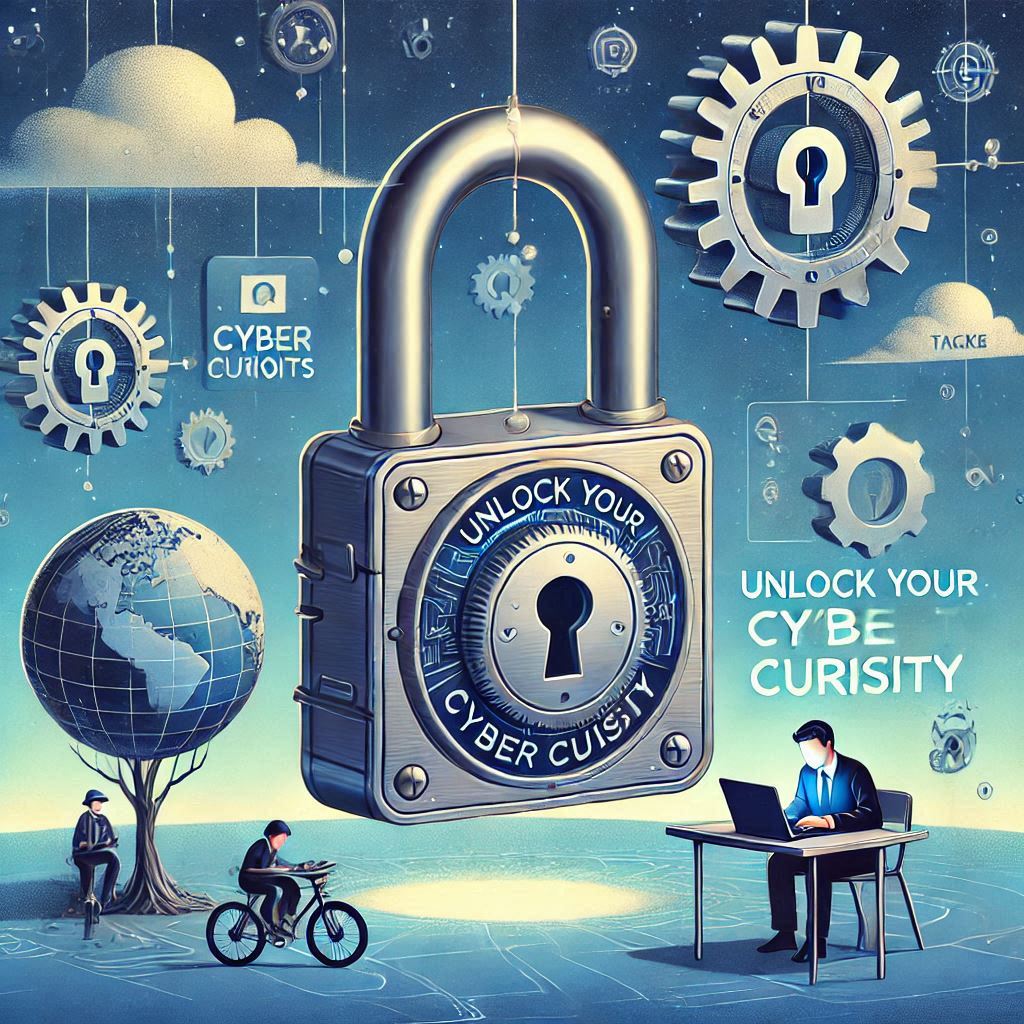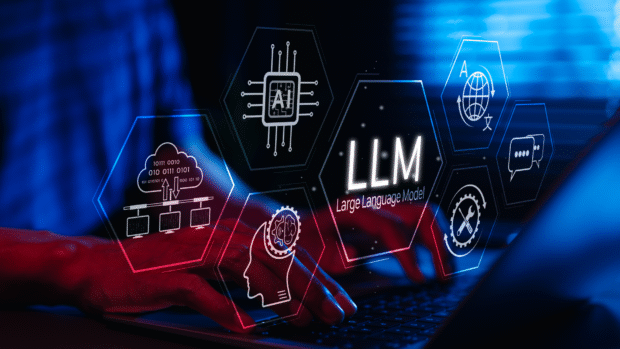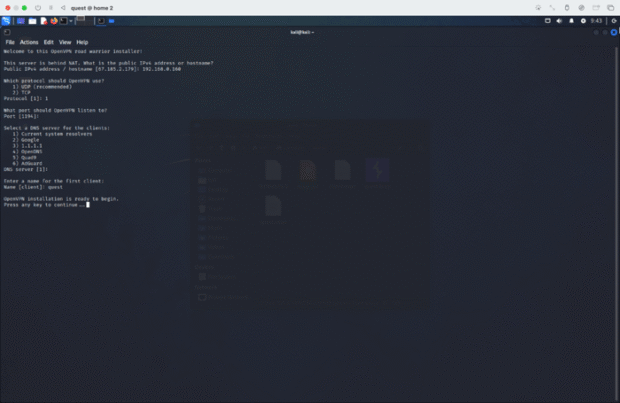
intriguing questions and exploration tasks designed to stimulate your curiosity and foster independent learning in cybersecurity. These tasks are categorized to help you explore various aspects of the field.
1. Cyber Threats and Attacks
-
1. The Basics
- What are the differences between a firewall and an intrusion detection system (IDS)?
- How do encryption algorithms like AES and RSA work, and why are they secure?
- Why is two-factor authentication more secure than a single password?
2. Attack Techniques and Defenses
- How do phishing attacks manipulate human behavior to gain unauthorized access?
- What is the process of exploiting vulnerabilities in outdated software?
- How can penetration testing simulate real-world cyberattacks to strengthen defenses?
3. Ethical Considerations
- What are the ethical boundaries of hacking, and how are they enforced?
- How do laws like GDPR and HIPAA influence cybersecurity practices?
- Should companies disclose all data breaches immediately, or are there valid reasons for delays?
4. Emerging Technologies
- How is artificial intelligence being used to detect and prevent cyber threats?
- What are the cybersecurity challenges associated with the Internet of Things (IoT)?
- How might quantum computing revolutionize or compromise current encryption standards?
5. Real-World Applications
- What caused the largest data breaches in history, and what were their impacts?
- How do cybercriminals launder money through cryptocurrency?
- What steps can individuals take to secure their personal data on social media?
Exploration Tasks to Deepen Understanding
1. Hands-On Learning
- Set up a virtual lab using tools like VirtualBox or VMware to test different security configurations.
- Simulate a phishing attack on a dummy email account to understand how these attacks work.
2. Research and Analysis
- Analyze a real-world cyberattack like the SolarWinds breach or WannaCry ransomware.
- Research how zero-day vulnerabilities are discovered and exploited.
3. Practical Skill Building
- Learn to use cybersecurity tools like Wireshark for network monitoring or Metasploit for penetration testing.
- Practice cracking weak passwords using tools like John the Ripper or Hashcat in a controlled environment.
4. Community Engagement
- Join cybersecurity forums or communities like Reddit’s r/cybersecurity to discuss trends and challenges.
- Participate in Capture the Flag (CTF) competitions to apply your skills in real-time challenges.
5. Creative Challenges
- Design a poster or infographic explaining how encryption works to a layperson.
- Write a short story or blog post imagining the consequences of a future cyberattack on critical infrastructure.
How These Questions and Tasks Stimulate Learning
- Critical Thinking: Delve into complex scenarios that require analysis and problem-solving.
- Hands-On Experience: Learn by doing, which reinforces theoretical knowledge.
- Creative Exploration: Think outside the box to develop unique solutions and perspectives.
- Engagement: Stay motivated by tackling tasks that align with your interests and goals.
Takeaways
The world of cybersecurity is vast, but breaking it down into questions and exploration tasks makes it manageable and exciting. By tackling the challenges listed above, you’ll develop a robust understanding of key concepts, practical skills, and ethical considerations.
Are you ready to embark on this journey of curiosity and discovery? Start with a question or task that excites you and let your learning unfold!












Be the first to leave a comment